What is the Role of Plastic Sheets in Modern Industries
In recent years, the utilization of plastic sheets has become increasingly pivotal across various modern industries, serving as versatile solutions that cater to a range of applications. According to data from the Plastics Industry Association, the global plastic sheet market was valued at approximately $28 billion in 2022 and is projected to witness steady growth, driven by demands in packaging, construction, and automotive sectors.
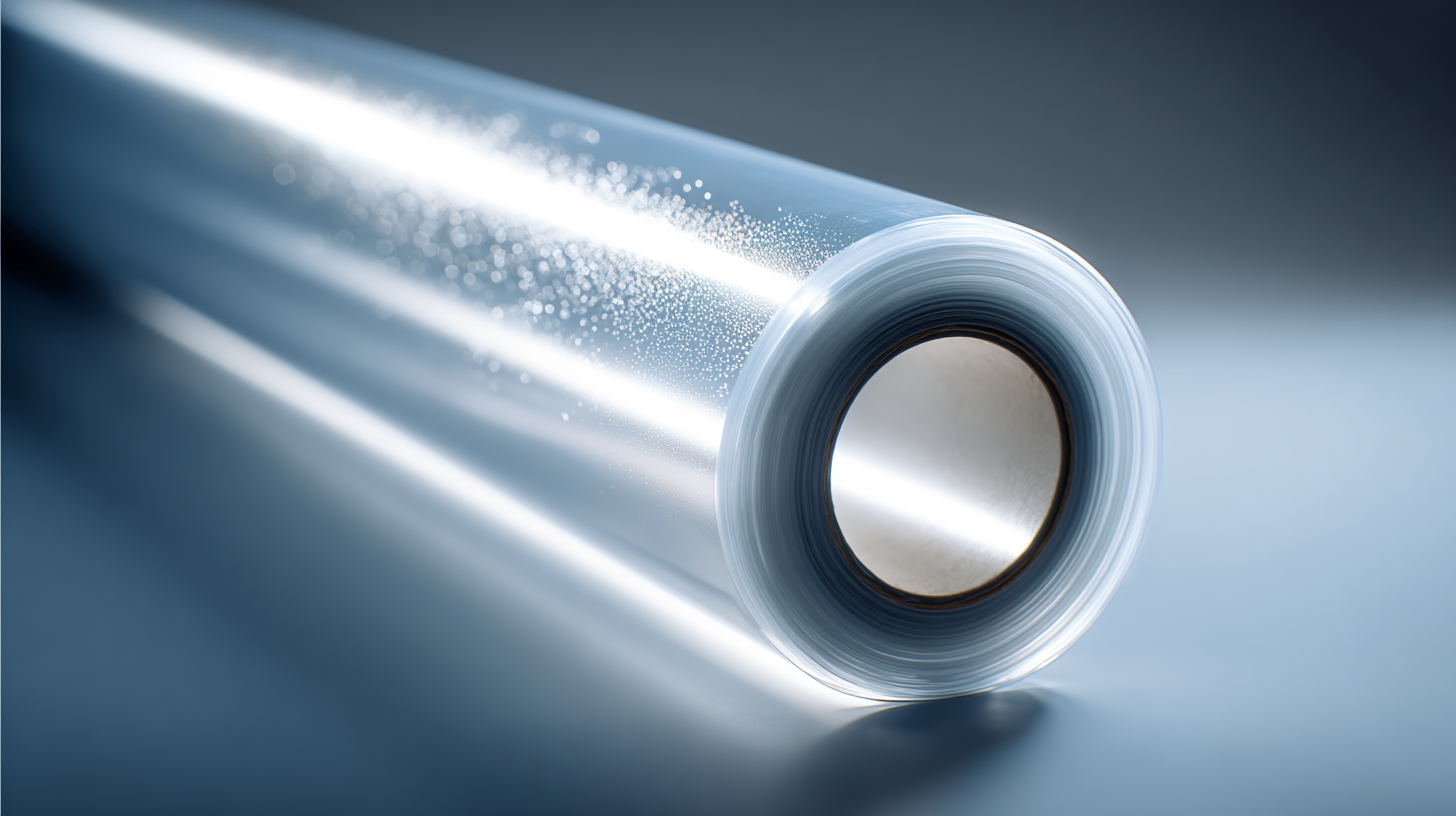
Plastic sheets offer numerous advantages, including lightweight properties, durability, and resistance to moisture and chemicals, making them indispensable in areas like safety glazing, agricultural covers, and protective barriers. As industries strive for efficiency and sustainability, innovations in plastic sheet technology, such as biodegradable options and enhanced recyclability, are poised to further elevate their significance in the industrial landscape.
This article explores the multifaceted roles of plastic sheets and their impact on modern industrial practices.
Understanding the Various Types of Plastic Sheets Used in Industries
Plastic sheets play a crucial role in various modern industries due to their versatility and durability. One of the primary types of plastic sheets used in industrial applications is polycarbonate sheets, known for their high impact resistance and optical clarity. These sheets are commonly utilized in automotive and construction sectors, serving as safety glasses, skylights, and protective barriers. Their ability to withstand extreme temperatures makes them ideal for environments requiring durability.
Another significant type is acrylic sheets, which are favored for their transparency and lightweight properties. Industries such as signage and displays frequently employ acrylic sheets to create visually appealing frontages. Additionally, the chemical resistance of polyethylene sheets makes them essential in the packaging sector, where they provide reliable barriers for various products, ensuring longevity and safety. Each type of plastic sheet has unique characteristics tailored to meet specific industry needs, reflecting the innovation and adaptability of materials in contemporary industrial practices.
The Role of Plastic Sheets in Modern Industries
This chart illustrates the usage of plastic sheets across various modern industries. The data reflects the amount of plastic sheets used in tons for construction, automotive, packaging, medical, and electronics sectors, showcasing the significance of these materials in industrial applications.
Exploring the Benefits of Plastic Sheets in Manufacturing Processes
Plastic sheets have become an integral part of modern manufacturing processes, offering numerous benefits that enhance productivity and efficiency. One significant advantage is their lightweight nature, which reduces transportation costs and facilitates easier handling during production. Unlike traditional materials, plastic sheets can be easily cut, molded, and shaped, allowing manufacturers to create complex designs without the limitations presented by heavier, bulkier materials. This flexibility is particularly valuable in industries where precision and customization are critical, such as automotive and aerospace manufacturing.
Additionally, plastic sheets have outstanding durability and resistance to chemicals, moisture, and UV light, making them suitable for a wide range of applications. This longevity translates to lower maintenance costs and prolonged product life, which is a crucial consideration for manufacturers looking to optimize their operations. Moreover, the availability of various grades and finishes allows companies to select the right type of plastic sheet for specific applications, whether it’s for protective coverings, packaging, or even structural components. By implementing plastic sheets, industries can improve their processes while contributing to more sustainable production methods, as many plastic materials are recyclable and can help reduce waste.
What is the Role of Plastic Sheets in Modern Industries - Exploring the Benefits of Plastic Sheets in Manufacturing Processes
| Industry | Common Uses | Benefits | Material Types |
|---|---|---|---|
| Construction | Insulation, vapor barriers, and protective covers | Durability, waterproofing, and easy installation | Polyethylene, PVC, polycarbonate |
| Packaging | Containers, shrink wraps, and protective films | Lightweight, cost-effective, and customizable | PET, LDPE, HDPE |
| Automotive | Interior panels, windows, and protective shields | Impact resistance, weight reduction, and design flexibility | Acrylic, ABS, polycarbonate |
| Electronics | Covers, housings, and insulation | Electrical insulation, heat resistance, and lightweight | PVC, polyester, polyimide |
| Medical | Protective barriers, packaging, and equipment casings | Hygienic, clarity, and easy sterilization | Polypropylene, polycarbonate, medical-grade PET |
Innovative Applications of Plastic Sheets Across Different Sectors
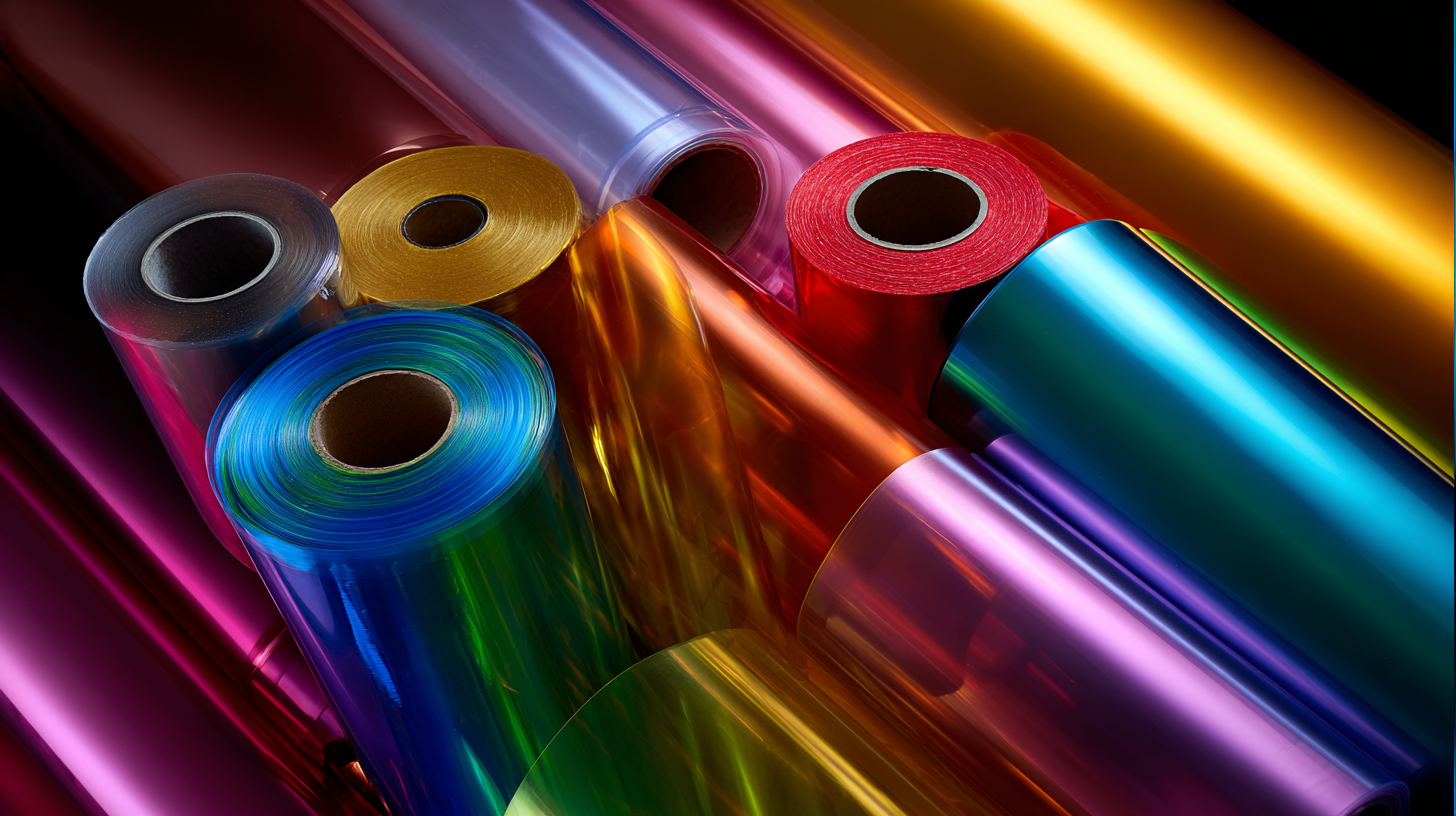 Plastic sheets have become indispensable in various modern industries, showcasing their versatility and innovation in applications. In the construction sector, they serve as protective barriers from moisture and dust, enhancing the durability of structures. Furthermore, they are widely utilized in the manufacturing of signage and displays due to their lightweight nature and durability, allowing for creative and functional branding solutions.
Plastic sheets have become indispensable in various modern industries, showcasing their versatility and innovation in applications. In the construction sector, they serve as protective barriers from moisture and dust, enhancing the durability of structures. Furthermore, they are widely utilized in the manufacturing of signage and displays due to their lightweight nature and durability, allowing for creative and functional branding solutions.
In agriculture, plastic sheets play a crucial role in improving crop yields. They are used as mulch films that help retain soil moisture and control weeds, ultimately leading to healthier plants and higher productivity. Additionally, in the medical sector, plastic sheets are essential for sterile packaging and equipment, ensuring safety and hygiene in healthcare environments.
Tip: When selecting plastic sheets for industrial use, consider factors such as thickness, UV resistance, and environmental impact to ensure the best performance for your specific application. Also, recycling options should be evaluated to promote sustainability in your industry.
Key Factors to Consider When Selecting Plastic Sheets for Industrial Use
Plastic sheets play a crucial role in various modern industries, providing versatile solutions for packaging, construction, and manufacturing. When selecting plastic sheets for industrial use, it is essential to consider several key factors. The type of plastic material—be it polyethylene, polycarbonate, or PVC—affects durability, flexibility, and resistance to chemicals.
According to a recent report by Smithers Pira, the global plastic sheet market is projected to reach $40 billion by 2026, highlighting the growing demand for high-quality materials in industrial applications.
One important tip for selecting plastic sheets is to evaluate the thickness and weight that best suit your specific application. For instance, in the automotive industry, thicker polycarbonate sheets offer superior impact resistance, while lightweight polyethylene sheets are often used in packaging. Additionally, checking for certifications such as ISO or ASTM can ensure that the plastic sheets meet industry standards for safety and performance.
Another factor to consider is the sheet's environmental impact. Many manufacturers now offer recyclable or biodegradable options. For instance, the bioplastics market is expected to grow by 24% annually, as companies seek sustainable alternatives. Opting for materials that minimize environmental footprint can not only enhance corporate responsibility but also appeal to eco-conscious consumers.
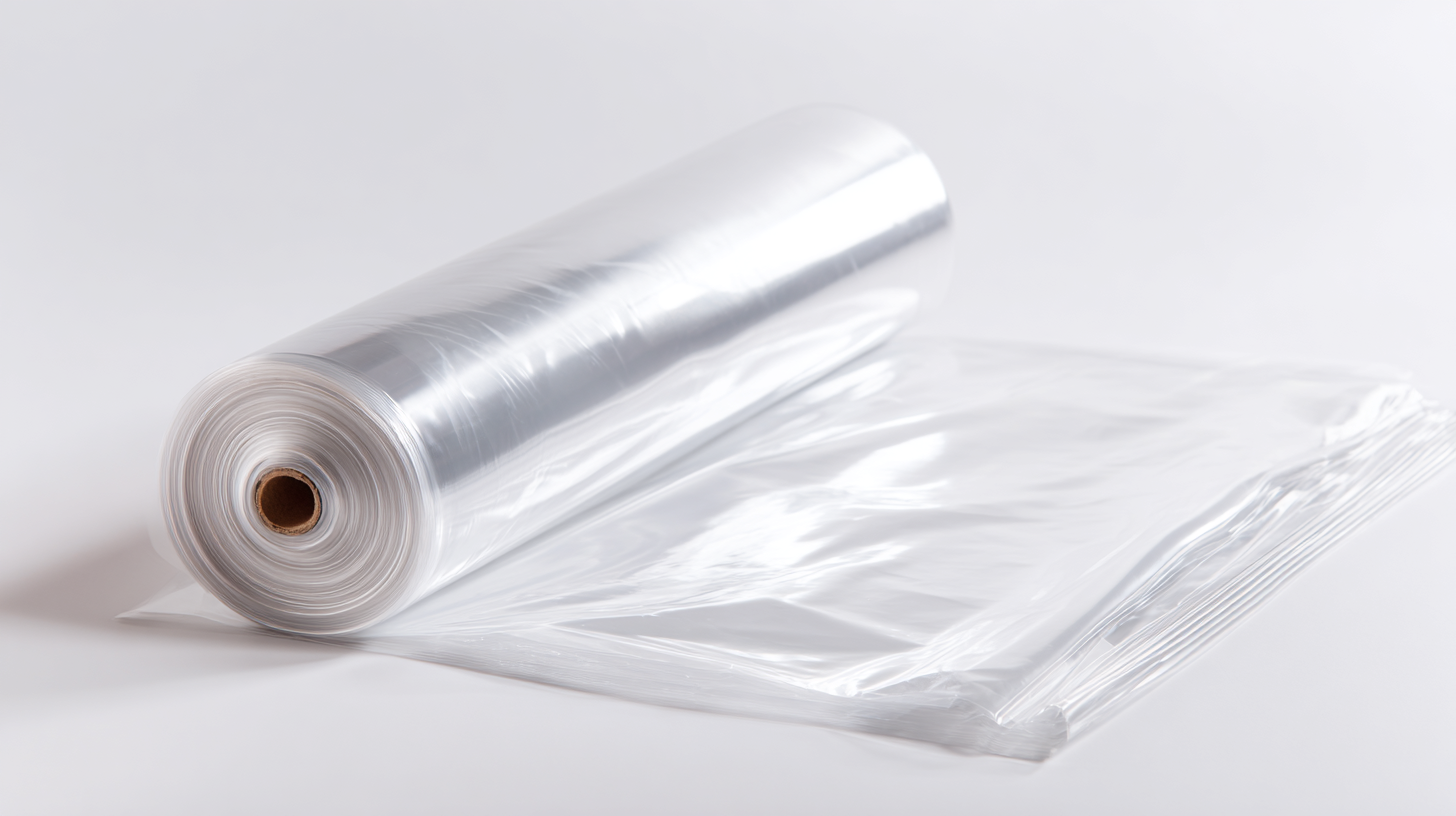
Sustainable Practices in the Production and Disposal of Plastic Sheets
The production and disposal of plastic sheets have evolved significantly in modern industries, with a growing emphasis on sustainable practices. Initially, the manufacturing process heavily relied on non-renewable resources, contributing to environmental degradation. However, many companies are now turning to bioplastics and recycled materials to create plastic sheets, reducing reliance on fossil fuels. This shift not only mitigates the carbon footprint associated with production but also encourages a circular economy, where existing materials are repurposed, thus lessening the environmental impact.
In addition to sustainable production methods, responsible disposal practices are gaining traction. The introduction of recycling programs specifically for plastic sheets has made it easier for industries to manage waste effectively. Companies are now adopting strategies such as take-back schemes and partnerships with recycling facilities to ensure that plastic sheets do not end up in landfills. Furthermore, advances in biodegradable materials offer promising alternatives, allowing industries to reduce their ecological footprint while still meeting their operational needs. By focusing on these sustainable practices, modern industries are making significant strides toward an environmentally friendly future.
Related Posts
-
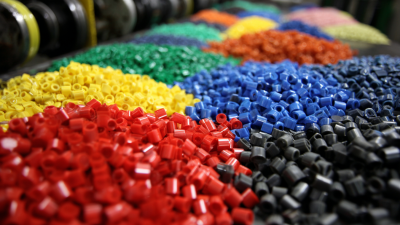
How to Choose the Right Injection Molding Materials for Your Project Success
-
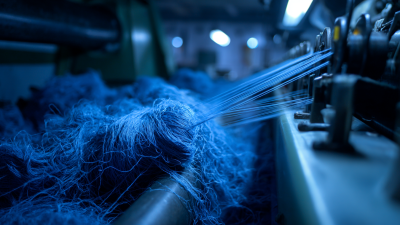
How to Optimize Your Production Process with Poly Plastic Solutions
-

Understanding Injection Molding Tooling Processes and Their Industry Impact
-

Envisioning Tomorrow: The Role of Polypropylene Plastic in Sustainable Manufacturing
-
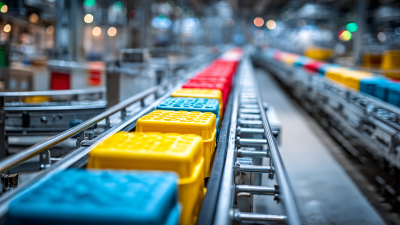
What is Poly Plastic and How it Revolutionizes Packaging Solutions in 2023
-

Unlocking the Potential of Polypropylene Plastic for Sustainable Packaging Solutions
